Why Lime in Fall
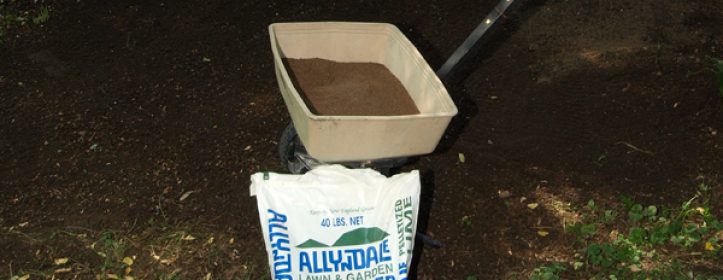
Before we abandon our yards for the warm comfort of our homes, there are a few steps to take to get our lawns ready for winter.
Fall is the time to perform some quick pH tests on the soil of your lawn. Testing the pH of the soil will determine whether you need to apply lime to counteract acidity and, if so, how much lime you should apply. Many people shy away from testing soil pH because it sounds so “complicated and scientific” or something. It’s inexpensive and easy.
The relationship between soil pH and the health of your lawn is too complex to fully cover in this limited space. Basically, there is a tendency for soil to gradually become more acidic. Rotting grass clippings, leaves and other organic debris contributes to soil acidification. Even the fertilizer that you put on the lawn makes the soil more acid over time. As the soil becomes acid, the bacteria and other microscopic organisms that dwell in the soil start to die off. It is these tiny organisms that convert nutrients that naturally occur, or that you add in the form of fertilizer, into the forms that your grass’s roots can absorb. Acidity also impedes osmosis, or the ability of your grass to absorb moisture. This means that, as your soil becomes more and more acid, the grass isn’t able to draw the nutrients and moisture from the soil that it needs to stay thick and healthy. If you have ignored soil pH for several years, you may have the impression that your favorite lawn food isn’t working as well as you remember it working in the past. Most often this is due to acid soil. You may find that, once you correct the pH, you need to feed the lawn less often.
But why, you may ask, is it so important to correct pH by applying lime in the fall? Why not wait until spring? After you have applied the proper amount of lime (determined by testing) it will take about two months for the lime to react with the soil. By applying lime in the fall, you give it all winter to effect the desired pH change. You could apply it in spring, but your lawn won’t benefit from the application until halfway through the growing season. If you haven’t applied lime before, I’d recommend that you test and apply lime this fall, then test the soil again in the spring to make sure you’ve gotten the pH change you need. Those of you who have cleverly avoided raking fall leaves by mowing them into the lawn with a mulching mower should be aware that your lawn will become acid more quickly, and regular pH testing and more frequent lime applications will be necessary to keep your lawn thick and healthy. Generally, once you have corrected the lawn’s soil pH, you shouldn’t need to apply lime again for three to five years, depending on soil type. Considering how important, easy, and inexpensive maintaining proper soil pH is, I’m amazed how many people ignore it. Make sure you mow the lawn to about 3″ before snowfall. Left too tall, the grass will become matted down under the snow. This promotes snowmold, a fungal disease, resulting in dead patches in the spring.
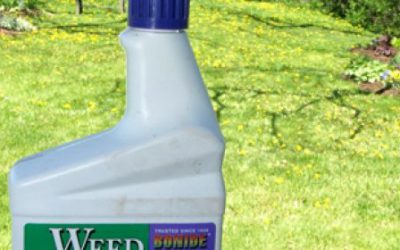

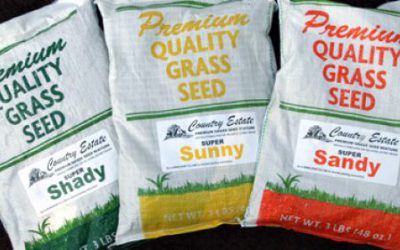

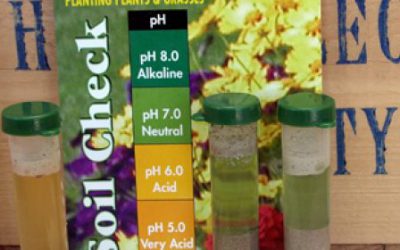
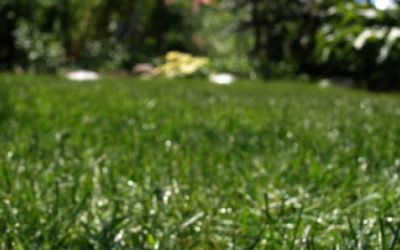
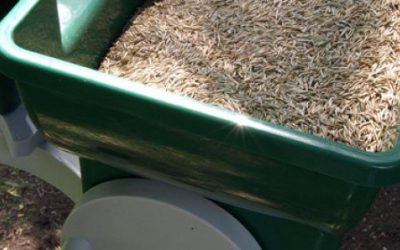
Recent Comments